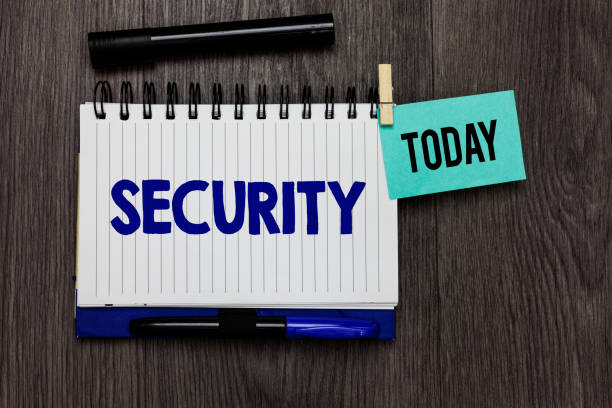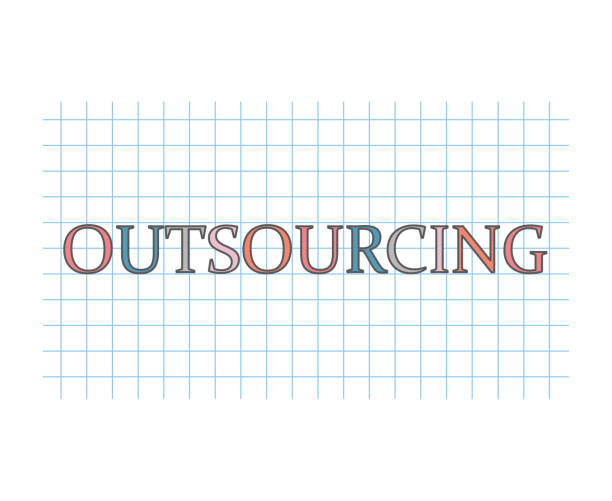Secured Bonds
Secured bonds are type of debt instruments issued by corporations, municipalities, or governments to raise capital and this is secured by specific asset owned by the issuer to the bond holder. What make them different from other types of bonds is the presence of collateral. Collateral acts as a form of security for bondholders, providing a safety net if the issuer fails to meet its payment obligations. This collateral can take various forms, including asset, plant or equipment, or other tangible assets owned by the issuing entity.

Key Features of Secured Bonds
Collateralized Security
The main feature of secured bonds is the inclusion of collateral of issuer to the purchaser of bond. This guarantee acts as a form of guarantee for investors, assuring them that incase bond issuer default for repayment on time there are tangible assets backing the bond. Bondholders have a claim on the collateral, which provides a level of security in bonds.
Risk Mitigation
Secured bonds are generally considered lower risk than their unsecured counterparts due to inclusion of collateral. The presence of collateral reduces risk for investors, as they have a solid asset of issuer in back up if the issuer fails to meet its payment obligations. This risk reduction feature makes bonds safe and attractive option for conservative investors seeking stable income.
Interest Payments
Like other bonds, secured bonds generate income for investors through periodic interest payments. The interest rate is predetermined at the time of issuance and remains fixed throughout the life of the bond. These interest payments provide investors with a predictable fixed return of income.

Types of Collateral in Secured Bonds
Real Estate
Real estate is a common form of collateral in secured bonds and usually most of the bonds are backed by real estate properties. Corporations may pledge real estate or land as security for bond issuance to the investor. Real estate value acts as a tangible asset that can be liquidated to repay bondholders in case the bond issuer default in payment.
Equipment and Machinery
Some companies may use plant, equipment or machinery as collateral to secure bonds. This is common in manufacturing and industrial sectors where the value of specialized machinery can be significant.
Financial Assets
Some secured bonds are backed by financial assets such as stocks, or other investment instruments. These assets provide liquidity and can be sold to fund repayment in the event of default.

Advantages of Investing in Secured Bonds
Lower Risk Profile
The main advantage of investing in secured bonds is the lower level of risk as compared to other bonds such as unsecured bonds. The presence of collateral act as safeguard for investors, reducing the likelihood of significant losses in the event of default.
Predictable Income Stream
Secured bonds offer a fixed interest rate, providing investors with a predictable stream of income to the bond holder. This feature is particularly attractive to risk-averse investors who seek stability and consistency in their investment returns.
Priority in Liquidation
In case bond issuer default for payment against the secured bond to bondholder, secured bondholders have a higher priority in the liquidation process as compared to unsecured bondholders. Collateral backing secured bonds ensures that these investors are among the first to receive proceeds from the sale of assets.

Risks Associated with Secured Bonds
Default Risk
Although secured bonds are considered low risk as compared to other bonds but, there is still the possibility of default. Economic downturns, mismanagement, or unforeseen circumstances could lead to the inability to meet its payment obligations, putting bondholders at risk.
Market Value Fluctuations
The market value of secured bonds may fluctuate based on interest rates, economic conditions. Investors may have to face a capital loss if they need to sell the secured bonds before maturity.
Limited Upside Potential
More risk taken lead greater opportunity of profit. Safe bonds generally offer lower yields than riskier investments. While this provides stability, it also limits the potential for significant capital growth, making them less attractive to investors seeking high returns.
How to Evaluate Secured Bonds
Credit Rating
Assessing the issuer’s credit rating is critical when evaluating secured bonds. A higher credit rating indicates a lower probability of default, which provides additional reassurance to investors.
Collateral Valuation
It is important to understand the value and quality of the collateral backing the secured bond whether it help incase issuer of bons default in payment. Investors should consider the stability and marketability of the collateral in determining the level of security offered by the secured bond.
Yield-to-Maturity
By calculating yield-to-maturity helps investors estimate the total return they can expect from a secured bond by purchasing the bond, considering both interest payments and potential capital gains or losses if held to maturity.

Examples of Secured Bonds
Mortgage-Backed Securities (MBS)
An MBS is a type of secured bond backed by a pool of mortgage loans. Investors in MBS receive payments based on the borrower’s interest and principal payments on the underlying mortgage.
Asset-Backed Securities (ABS)
ABS represent another form of secured bonds that are backed by financial assets such as auto loans, credit card receivables, or student loans. Cash flows from these assets provide the means to meet bond obligations.
Conclusion
Secured bonds play an important role in financial markets by providing a balance between risk and return and helping corporation which need fund to invest in projects. The inclusion of collateral distinguishes them from unsecured bonds, which offer investors a layer of security in the form of tangible assets.




